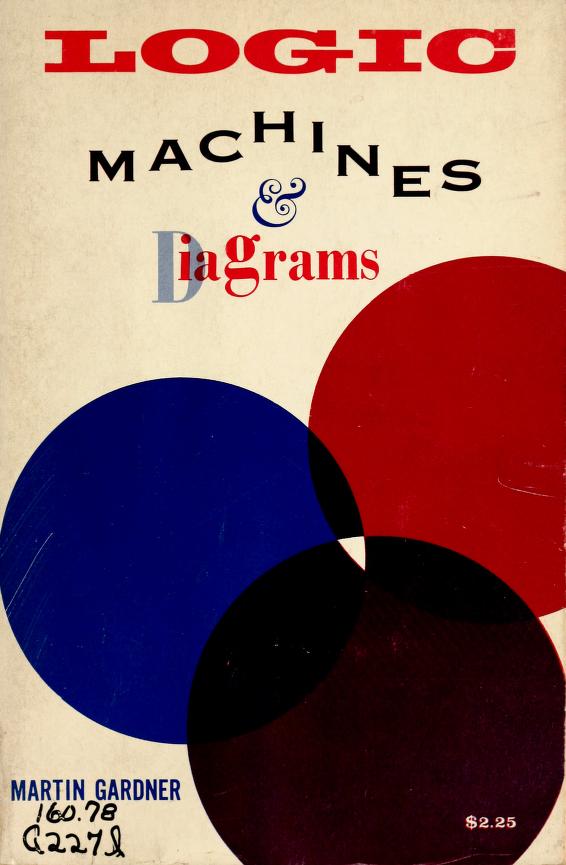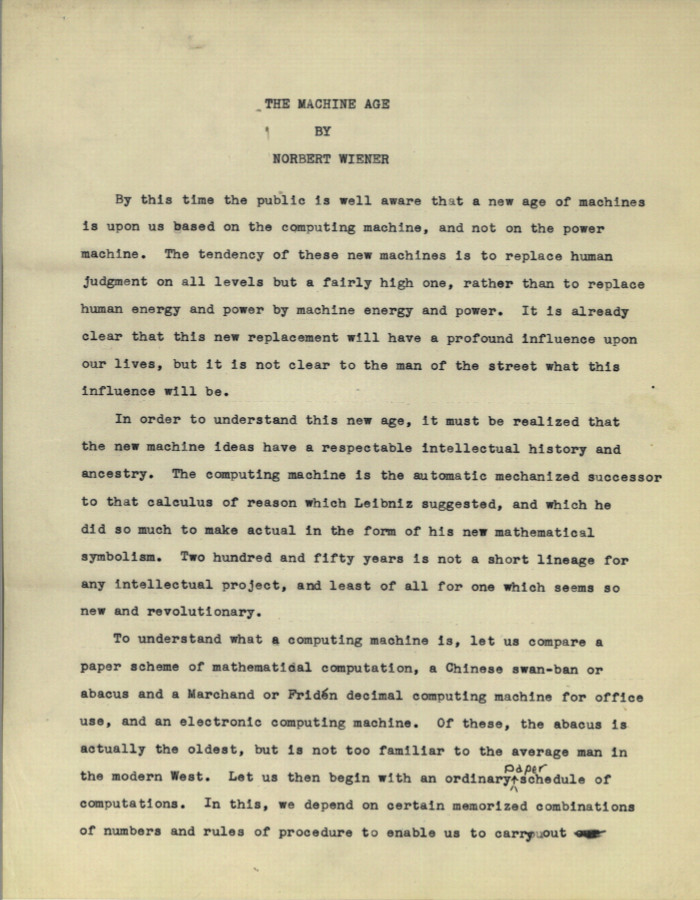K. G. Beauchamp: Exhibiting Electricity (1997)
Filed under book | Tags: · 1800s, 1900s, electricity, engineering, exhibition, history of science, history of technology, machine, science, technology, telegraphy

“This unusual book traces the history of public and technical exhibitions, from their origins in the late 18th century to present day, and, particularly, how they have reflected the progress of science and technology (especially electrical technology). Not only does the author show how electrical innovation and manufacture have been presented to the wider public through this period, but he also shows how the exhibitions themselves have required technological advice. It is through this combination of roles that the importance of these exhibitions within scientific and technological advance can be understood.”
Publisher Institution of Electrical Engineers, 1997
IEEE History of Technology Series, Volume 21
ISBN 0852968957, 9780852968956
352 pages
review (Bernard S. Finn, Technology and Culture)
review (Iwan Rhys Morus, The British Journal for the History of Science)
Martin Gardner: Logic Machines and Diagrams (1958)
Filed under book | Tags: · diagram, logic, machine, mathematics, science

“A logic machine is a device, electrical or mechanical, designed specifically for solving problems in formal logic. A logic diagram is a geometrical method for doing the same thing. The two fields are closely intertwined, and this book is the first attempt in any language to trace their curious, fascinating histories. [..]
The reader may wonder why so much of the first chapter is devoted to the life and personality of Ramon Llull. The answer is that Ramon’s life is much more fascinating than his eccentric logic. Other logicians mentioned in the book may have been far from dull to those who knew them, but with the possible exception of Lord Stanhope, recorded details of their lives are comparatively drab and colorless. Llull’s Quixotic career is little known outside of Spain and France, and I make no apologies for introducing the reader to one of the most remarkable tragicomic figures of the Middle Ages.” (from the Introduction)
The book also covers logic diagrams and card methods for solving logical problems by Venn, Lambert, De Morgan, Peirce, Cunynghame, Lewis Carroll, and Gardner himself, and logic machines by Stanhope, Jevons, Marquand, and others.
Publisher McGraw-Hill, New York/Toronto/London, 1958
ix+157 pages
Review: W. Mays (Journal of Symbolic Logic).
PDF
Internet Archive (more formats)
Norbert Wiener: The Machine Age (1949)
Filed under paper | Tags: · computing, machine, mathematics

In 1949, The New York Times invited MIT mathematician Wiener to summarize his views about ‘what the ultimate machine age is likely to be,’ in the words of its longtime Sunday editor, Lester Markel. Wiener accepted the invitation and wrote a draft of the article; but Markel was dissatisfied and asked him to rewrite it. Wiener did. But things fell through the cracks and his article was never published.
It languished in the MIT Libraries’ Archives and Special Collections until December 2012, when it was discovered by Anders Fernstedt, an independent scholar who is researching the work of Karl Popper. Almost 64 years after Wiener wrote it, his essay is still remarkably topical, raising questions about the impact of smart machines on society and of automation on human labor. (from The New York Times)
Previously unpublished
Written in 1949, Manuscript Version 3
Creative Commons Attribution-NonCommercial license
8 pages
commentary (The New York Times, May 2013)
commentary (Angela Mitropoulos, September 2013)
Guide to the Papers of Norbert Wiener (MIT Libraries)
PDF (no OCR)
PDF (no OCR, Alt link)

